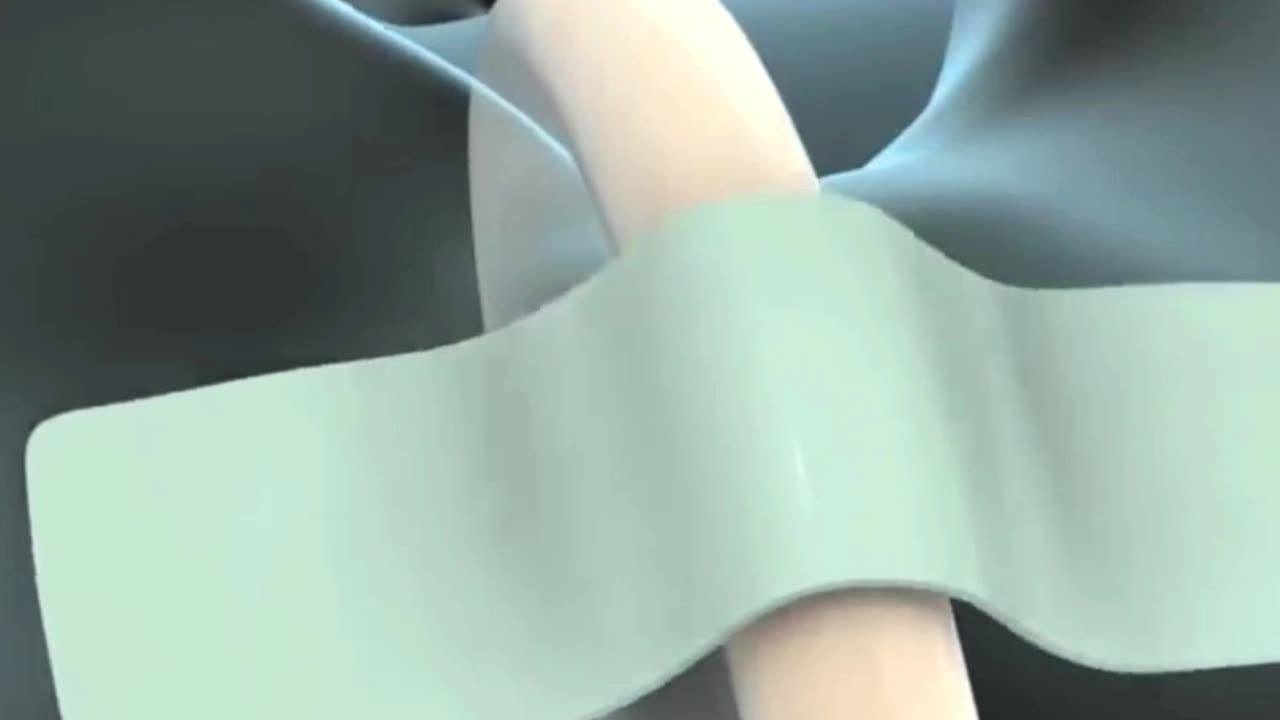Premium Only Content

Intubation and endotracheal tube ETT
Intubation and Endotracheal Tubes
Intubation is a medical procedure that involves inserting a tube into a patient's airway to ensure they can breathe properly. This process is commonly performed in emergencies, surgeries, or when a patient cannot breathe independently due to illness or injury.
What is Intubation?
Intubation involves placing a flexible tube, called an endotracheal tube (ET tube), through the mouth or nose and into the trachea (windpipe). This tube helps keep the airway open and delivers oxygen, anesthetic gases, or other medications directly to the lungs.
When is Intubation Necessary?
Intubation is often required in the following situations:
- Respiratory Failure: When a patient cannot breathe adequately.
- Surgery: To maintain an open airway and avoid aspiration during anesthesia.
- Severe Infections, such as pneumonia or COVID-19, can impair breathing.
- Trauma: Injuries to the head, neck, or chest that obstruct the airway.
- Overdose: When drug overdose causes respiratory depression.
The Intubation Procedure
1. Preparation: The patient is usually given medication to sedate them and prevent pain. Vital signs are monitored closely.
2. Positioning: The patient's head is tilted back to open the airway. A laryngoscope, a unique instrument with a light, is used to view the throat and guide the tube.
3. Insertion: The endotracheal tube is carefully inserted through the mouth or nose, past the vocal cords, and into the trachea.
4. Confirmation: The tube placement is confirmed by listening to breath sounds, checking chest movement, and using devices like a capnograph to measure carbon dioxide levels.
5. Securing the Tube
Types of Endotracheal Tubes
- Oral Endotracheal Tube: Inserted through the mouth.
- Nasal Endotracheal Tube: Inserted through the nose, often used when oral access is difficult.
- Cuffed Endotracheal Tube: A balloon-like cuff near the tip inflates to seal the trachea, preventing air leaks and aspiration.
- Uncuffed Endotracheal Tube: Lacks a cuff and is often used in children.
Risks and Complications
While intubation is a life-saving procedure, it carries some risks, including:
- Infection: Increased risk of pneumonia or other infections.
- Injury: Damage to the teeth, vocal cords, or trachea.
- Misplacement: Incorrect tube placement can lead to inadequate ventilation.
www.MedicalArtsShop.com
-
 2:18:15
2:18:15
Side Scrollers Podcast
3 hours agoBlizzard BANS Player for Saying “n00b” + Cracker Barrel Ends PRIDE Funding + MORE | Side Scrollers
9.79K4 -
 UPCOMING
UPCOMING
Jeff Ahern
41 minutes agoFriday Freak out with Jeff Ahern
-
 LIVE
LIVE
Reidboyy
1 hour agoHow To Make $$$ in Delta Force Console Operations!
41 watching -
 1:59:29
1:59:29
Tim Pool
4 hours agoIsrael VS Palestine DEBATE, Misfit Patriot VS Rathbone | The Culture War with Tim Pool
108K157 -
 15:53
15:53
Talk Nerdy Sports - The Ultimate Sports Betting Podcast
1 hour agoIt’s Friday, August 30, 2025 and Talk Nerdy Sports is loading up 10 rock-solid bets
4 -
 34:17
34:17
Ohio State Football and Recruiting at Buckeye Huddle
11 hours agoOhio State Football: 14 Bold Predictions for the Buckeyes vs. Longhorns
4.21K -
 1:11:38
1:11:38
Simply Bitcoin
3 hours ago $1.56 earnedNEW DATA: FORGET The CRASH The Bitcoin Supply SHOCK is ACCELERATING | EP 1321
16.6K1 -
 4:22
4:22
Michael Heaver
3 hours agoLabour Make DISGUSTING Decision Against England
7.47K2 -
 1:05:42
1:05:42
Lara Logan
16 hours agoINSIDE THE MAR-A-LAGO RAID with Trump Attorney Christina Bobb | Episode 33
28.3K8 -
 1:38:45
1:38:45
Steven Crowder
5 hours agoAI Celebs Just Scammed Women out of Millions & Premium Interview w/ Patrick Christys
235K180